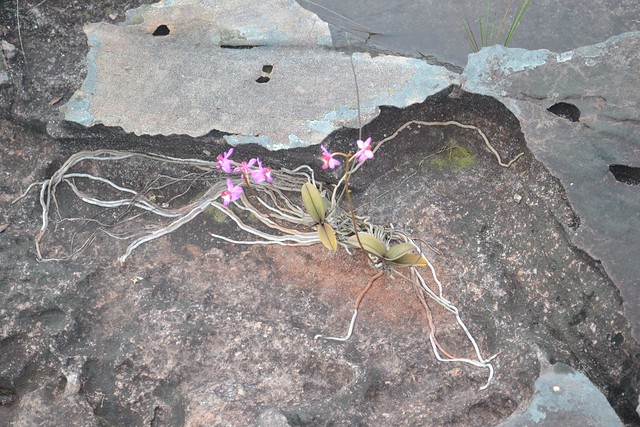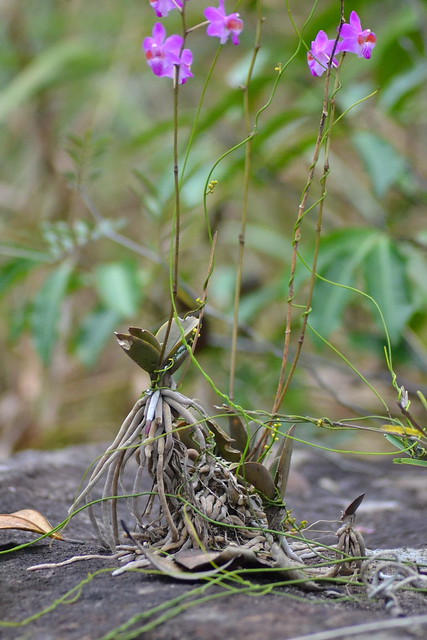Quote:
Originally Posted by Orchid Whisperer

Silver shaded; I was wondering if that tree is in a botanical garden somewhere, and the Paphs were planted on it, or if that is a wild tree with wild orchids, placed there 'by nature'? Also, what kind of paphs are those? Thanks!
|
These are entirely natural in a rainforest at 1500m altitude.
P. villosum.
---------- Post added at 05:13 PM ---------- Previous post was at 05:06 PM ----------
Quote:
Originally Posted by estación seca

Epiphytes might not be as nutrient-deprived as people think. More and more plants are being found to grow in association with nitrogen-fixing organisms like cyanobacteria (blue-green algae.) Many cacti do. Perhaps orchids?
|
Rain water in asia, in a similar fashion to rainwater in south america, contains weak fertiliser. In the case of south america its picked up from a dry lake bed in the sahara desert and carried over to south america, (actually southern spain also recieves a good amount of nutrients from the same source). For far east asia its picked from the gobi desert.
If the long forgotten Sahara monsoon ever re-starts, brazil might find itself with a less fertile forest.
---------- Post added at 05:29 PM ---------- Previous post was at 05:13 PM ----------
I've allways found this phaelenopsis interesting from a fertilizer point of view, its growing in a temporary river bed and regularly submerged. (daily in the wet season). So any fertilization is essentially from rain water and nothing else.

Just to show its not a fluke, most of this species grow like that,

































 Threaded Mode
Threaded Mode
